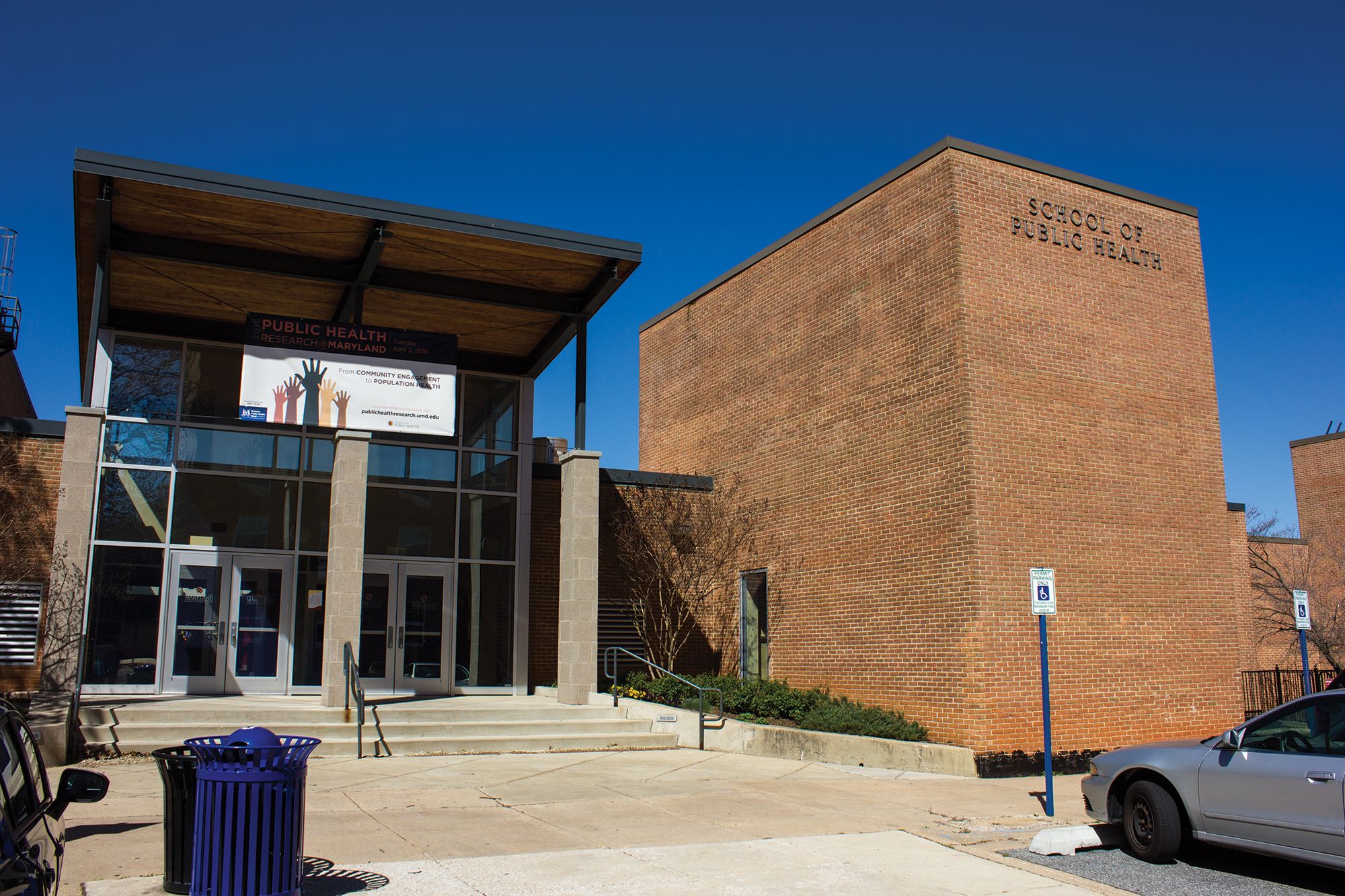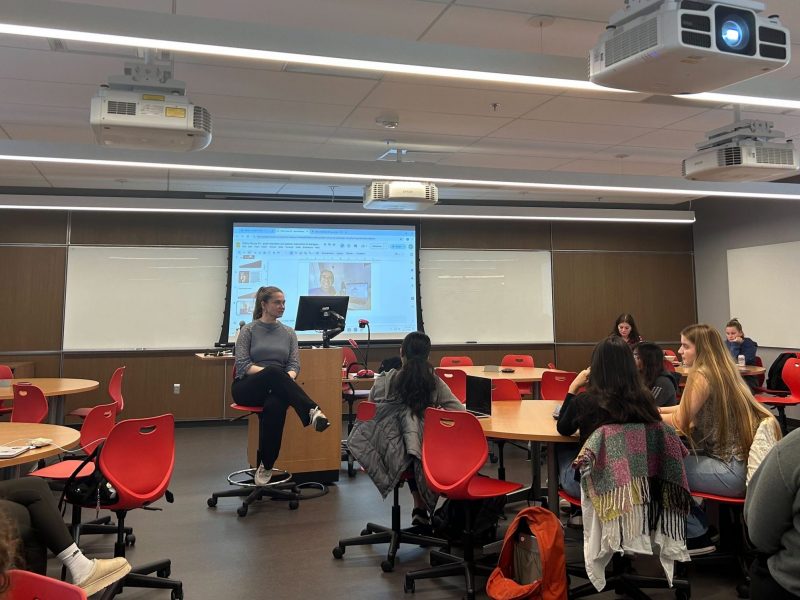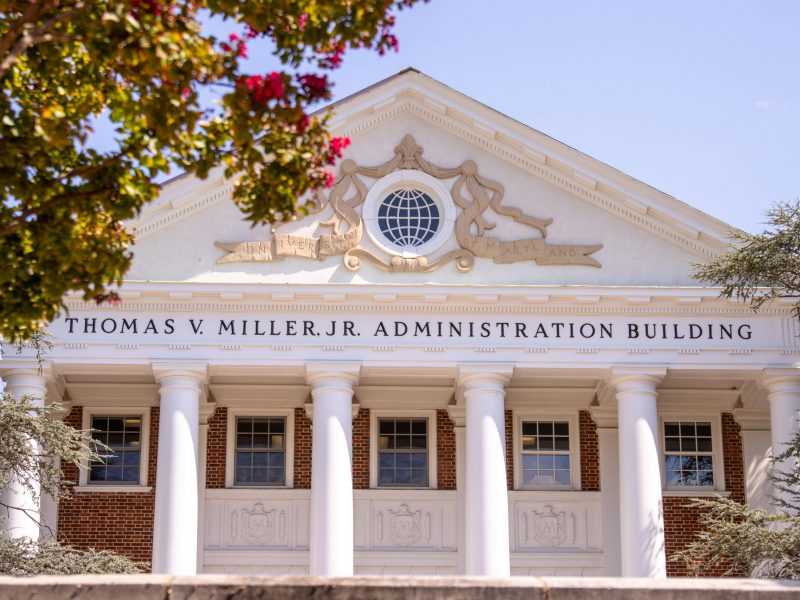Construction on the University of Maryland School of Public Health’s new first-floor academic spaces is expected to wrap up by the end of the month, according to a Facilities Management official.
Bill Olen, the planning and construction director, said workers are finishing painting and installing furniture, while the space is undergoing final inspection and permit review as part of the $10 million project’s second phase. He hopes these final steps will be completed by Thanksgiving.
Work on the second phase — which began in April — also included removing existing locker rooms and replacing them with three labs, five classrooms and two study areas. Phase one, which began in June 2016, removed another set of locker rooms and created new office space.
“One of the final things we’re waiting for is a permit for the generator,” Olen said. “That might be the only thing that would affect occupancy.”
[Read more: The public health school is expected to have five new classrooms by fall 2019]
The additional academic spaces were necessary to meet the school’s growing population, said Amanda Grimes, the school’s dean of finance and administration assistant dean. The space originally housed a gym.
This fall, 2,322 undergraduate students are enrolled in the public health school, according to the Office of Institutional Research, Planning and Assessment — an increase of 358 students since fall 2014. The school’s public health science and kinesiology majors are also two of the 10 largest undergraduate majors at this university, according to IRPA data released last month.
“This [construction] allows us to have classroom space to meet the growing needs of the program,” Grimes said, adding that classes will begin meeting in the new space in fall 2019.
[Read more: On anniversary of 9/11, UMD public health school dean recounts ground zero experience]
Kinesiology professor Carson Smith is slated to teach in the new labs when they open. He’s excited because the new space will be more conducive for the kind of hands-on research his graduate students do right now, such as analyzing the effect of exercise on brain health among the elderly.
“The labs will be instrumental in bringing students into a research lab environment where we’re actually conducting exercise clinical trials,” Smith said. “They will get to supervise the exercise that our participants our doing, thereby gaining some valuable experience with that population, but also in doing research.”
David Juhnn, a senior public health science major, affirmed the new study space would be an improvement over the current facilities.
“There’s not many quiet or private study areas around here,” he said. “Having those [new study] rooms would be pretty useful.”



